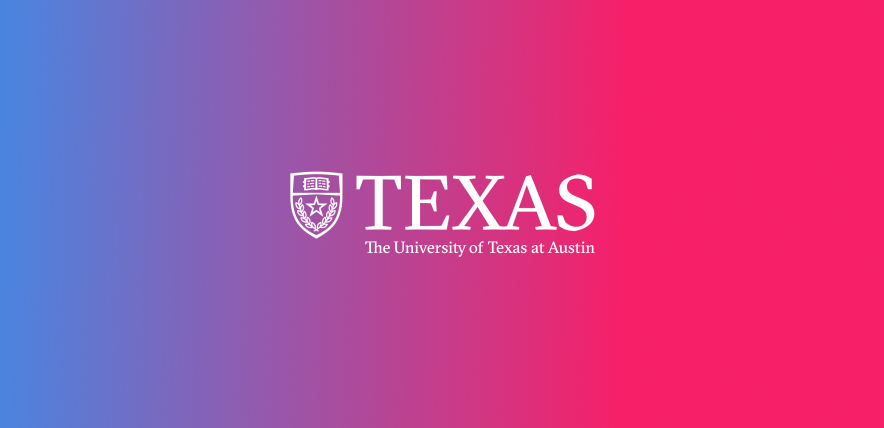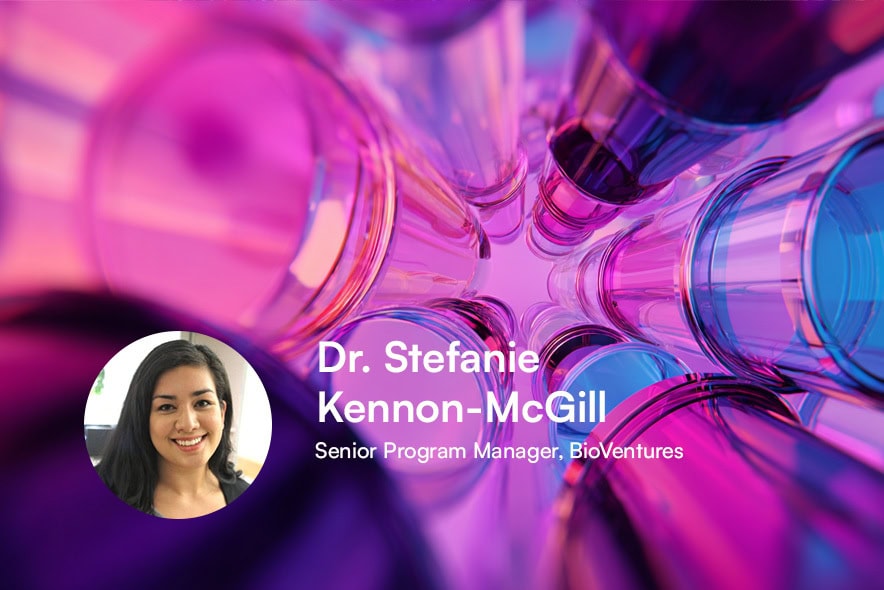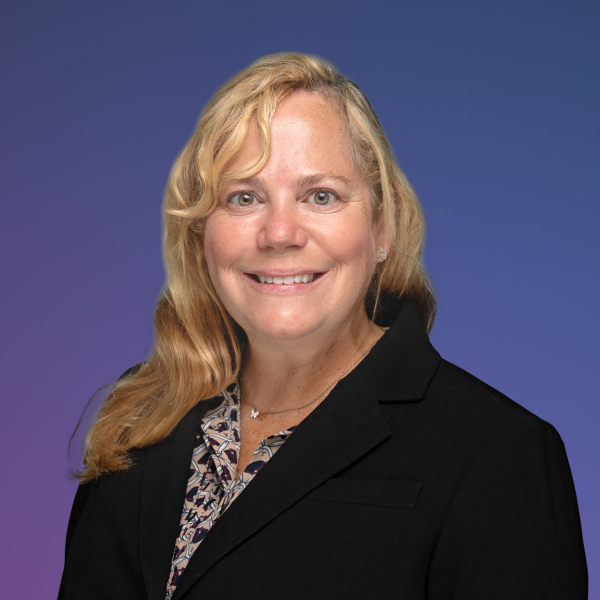How UT Austin’s Director of IP uses community outreach to ensure IP quality
February 28, 2024 | 4 min readI am delighted to highlight the first IP Storyteller of my blog series: Chun Kuo. Chun has been the Director of IP for The University of Texas at Austin for a little over two years, supporting the entire campus and health system with IP and tech transfer. In his words, Chun’s role is to find “the best way to get the university’s technology, research, and innovation out there to the right partners for creating solutions that change the world.”
Read on for a fascinating look at how Chun and UT Austin play an influential role in the world of innovation, intellectual property, and tech transfer.
UT Austin’s Cutting Edge, Life Changing Innovation
UT Austin’s tech transfer partners look to its undergrad and grad students, faculty, and researchers both to answer fundamental questions and to improve existing solutions. These innovations touch all areas and often bridges them too, from life sciences with vaccine development and medical devices, to computing, and physical science solutions. Some of the highlights of UT Austin’s innovation achievements include:
“Mind reading” technology that translates the brainwaves of patients who’ve lost the ability to speak using fMRI scanning
The stable spike protein technology used in COVID vaccines which saved 20 million lives in its first year
The work of the late John Goodenough, who invented the lithium ion battery and won the Nobel Prize in chemistry
Chun shares about UT Austin’s innovation community, “There’s a lot of brilliant minds around here and they’re all leading experts within their fields. It’s very humbling and it definitely keeps things interesting on a day to day basis.”
Outreach and education for managing a massive community
The UT Austin campus is nicknamed the Forty Acres for its original size, but has grown much larger in area and population since its founding. Tens of thousands of people contribute to the university’s innovations, and like the rest of the R&D community, UT Austin has recently seen a significant uptick in disclosure activity.
UT’s sheer volume of innovation makes an IP attorney’s impulse to anticipate everything especially daunting. “Surprises within our profession are typically not ideal,” as he puts it.
To minimize the chances that Chun’s office misses the next big thing coming out of the university, the team engages heavily in community outreach and education. Making sure the community remembers the IP office, and sees them as an enablement partner, is what Chun calls the most important piece of their strategy. To stay in touch with the community, Chun’s team uses tactics like:
- Systematically building relationships with all the deans of colleges and department chairs
- Speaking to principal investigators (PIs) on a weekly basis to maintain a sense of the different innovations they’re working on and what their pipelines are looking like
- Providing orientations for the constant stream of new professors who join the campus
- Producing materials that create awareness around what the office does, how it’s structured, and what resources they make available to the community, such as additional funding to mature or de-risk technology
Going out and speaking to the community on a regular basis not only helps Chun’s team stay on top of its workload, but also fights the misperception among researchers that publication is the only way to get their work out there. Chun’s clients are often surprised to learn that IP isn’t just traditional patents, but also copyright or any number of different protection mechanisms, for example, on data or best practices.
Doubling down on IP practice areas
Turning to the more technical parts of the IP office’s work, Chun says it’s a continuous journey of improvement to mirror the leading IP strategies and processes.
Shortly before Chun joined, the office underwent a reorg to standardize some of its practices. Previous to the change, things were handled in more of a cradle to grave style, with the same person handling initial IP development, partner sourcing, and negotiating agreements. The office still has a number of portfolio managers within life sciences, physical sciences, and computing, but Chun’s team is now predominantly organized by IP practice. These IP-led focuses ensure that each stage of the IP lifecycle, from initial filing decisions to asset management, international filing strategy, and prosecution strategy is the best they can be.
UT IP’s SME vs. domain model, plus its emphasis on outreach, means Chun’s team members need to be well-rounded: “You need to be a jack of all trades to some degree to really understand everything and be able to speak the lingo of all the different professors and all their different fields across the university.”
Proactively embracing AI for future growth
As the demands on the IP office grows, developing and expanding his team is top of mind for Chun. He’s also conscious, however, that the right tools and solutions, from an IP management system and beyond, will increase his team’s bandwidth too. When asked whether those tools include AI, Chun answered, “Absolutely.”
To Chun, protecting innovation goes hand in hand with embracing it: “In order to be a leading technology office and IP practice in general, we need to not be afraid of technology, but proactively embrace it. AI has great use cases for making life easier and more efficient. It’s here to support us in the same way as our phones, our webcams, everything we use as part of our day that we now take for granted. Instead of ignoring AI, Chun encourages IP to open the door, understand, screen, and review it, and to put the right parameters for its use in place. “The ones that will benefit the most from AI are the professionals on the front lines of using it versus the folks that put their head in the sand.”
Be a community connector, champion change, and embrace new technologies
Talking with Chun was a great reminder of how truly rewarding a career in IP can be. At our core, IP professionals are problem solvers and innovators. We embrace change and new technologies like AI to solve legal problems in new ways, serving our communities by connecting the dots in their innovation ecosystem.
Now, I don’t know about you, but I can’t think of a better way to spend my working days!



